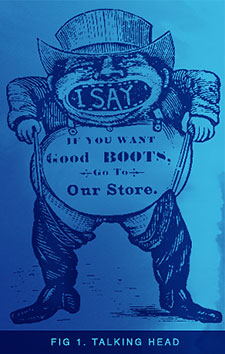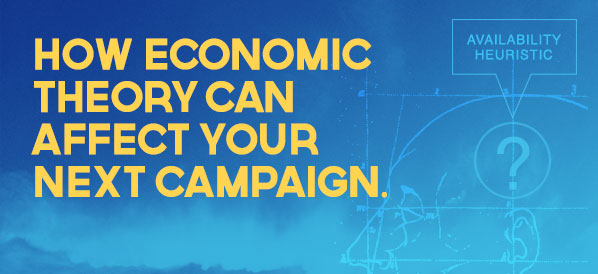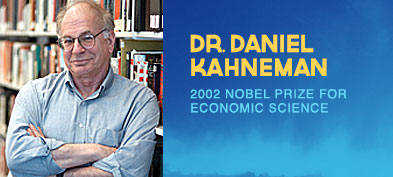Consumers tend to make up their minds about products and services based on the last thing they heard about them. If you think this is too simplistic or you’re dubious, please take a minute and Google “Daniel Kahneman” or just click on this link. This search will likely lead you to his theory of “availability heuristic” and this might encourage you rethink what you are absolutely certain is true.
Aside from being a tongue-twister, availability heuristic can be broadly defined as making a decision or leaping to a conclusion based upon the most immediately recalled memory related to that idea. Dr. Kahneman, who won the Nobel Prize for Economic Science in 2002 and wrote his bestselling book Thinking Fast and Slow in 2011, is the world’s leading expert on the psychology of judgment. His concept of availability heuristic is one of several cognitive ways we humans make mistakes based on bias.
How about an example of this pesky but all-too-human tendency? Someone might say people who drive red cars get more tickets because the person making the statement has a buddy who has a red car and gets lots of tickets. There is no data supporting this theory of red cars = more tickets and the reality is the buddy likes to drive fast and therefore gets tickets because of this. A conclusion was leapt, and unfortunately, this type of leaping happens every day at the grocery story, the car dealership, the voter’s booth and every other venue where human judgment is tested for accuracy.
Why Should You Care?
If you’re someone who’s involved in marketing, advertising, promotion or public relations, the fact that consumers are making up their minds on products, services and even elected officials based on whatever rises to the top of their consciousness – whether it’s true or not – should give you pause. At the very least, those of us who are in the business of telling compelling stories about our products should be thinking long and hard about the way in which we’re telling these stories.
If the concept of the available heuristic is valid (and it seems to be), how do we ensure our message stays top of mind? Our jobs as designers, copywriters, web developers, bloggers, marketing executives and every other link in the marketing food chain must be to apply the best possible strategic thinking and tactics towards shifting a consumer’s memory and helping him/her avoid an inaccurate judgmental bias.
 This requires us to make our ideas, and those of our clients, come alive. Boring facts delivered by a talking head – especially a talking head which is screaming about the latest discount offer for a commodity – will not rise to the level necessary to overcome most of the biases of the vast majority of consumers. Real stories, told in an elegant manner will trigger emotional responses which, over time, will become memorable and lead to a better return on investment in advertising and design.
This requires us to make our ideas, and those of our clients, come alive. Boring facts delivered by a talking head – especially a talking head which is screaming about the latest discount offer for a commodity – will not rise to the level necessary to overcome most of the biases of the vast majority of consumers. Real stories, told in an elegant manner will trigger emotional responses which, over time, will become memorable and lead to a better return on investment in advertising and design.
Another important factor in overcoming the availability heuristic involves having a way to measure the acceptability of the product or service in the minds of potential customers and to ascertain when our message is (or is not) moving the sales needle. Many of us who are involved in the creative process chafe at what we feel is the unending process of comparing metrics – before and after our brilliant campaigns have been launched. However, with no pre- and post-marketing analysis we are just hoping our words and pictures are making an impression on the customer’s attitude. So, even if we’re successful, we don’t know why.
What’s It Going to Take?
Decision-making is a fascinating aspect of economic theory. We can’t always overcome the availability heuristic and other human biases. However, we can be conscious of their existence and develop honest, compelling stories which take them into consideration.
This demands that we create smart messaging – great stories – within a magnetic, consistent design and that we have a way to honestly measure its effectiveness. Without it, predicting the consumer’s decision nothing more than a crap-shoot.



